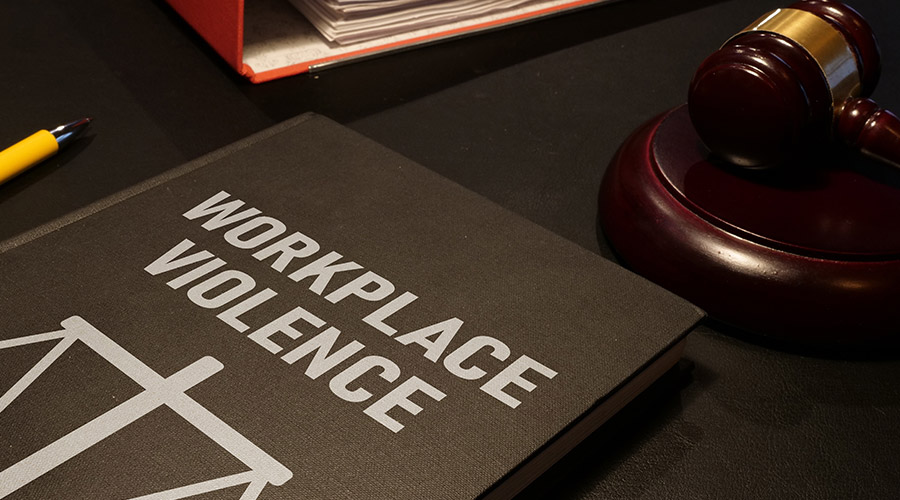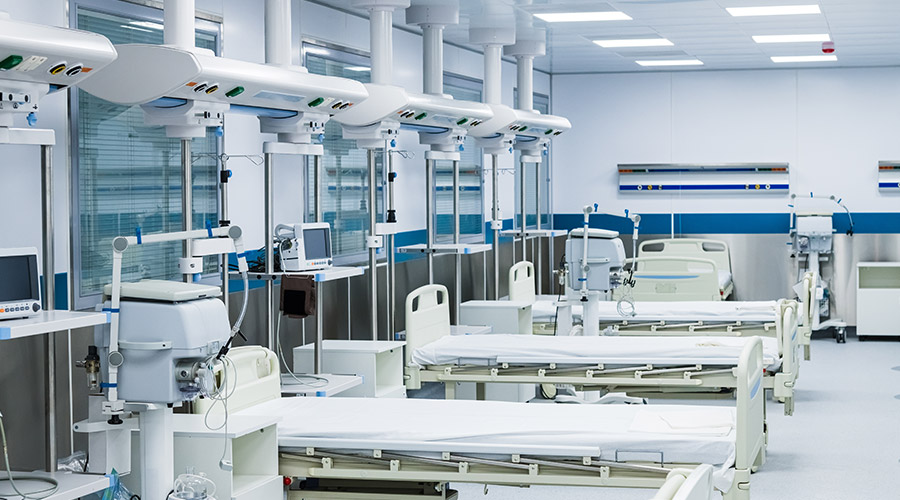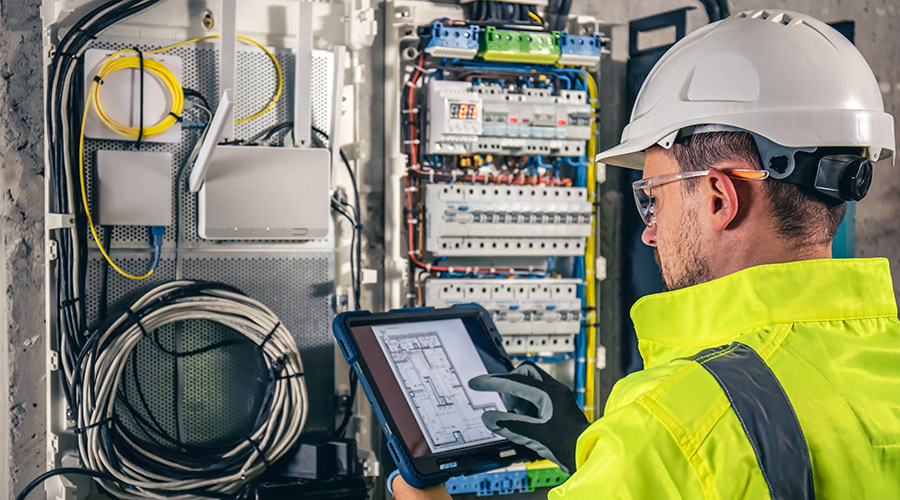If statistics are to be believed, around 3.7 billion people reside in the urban areas. Various world agencies are of the opinion that this number tends to double-up by the year 2050. We all would agree that the development of any city is by and large determined by the quality and quantity of its infrastructure.
A lot of countries and government bodies have laid down extremely stringent rules to ensure that buildings are powerful enough to endure assault from nature’s brutal force in form of earthquakes, flash floods, strong hurricanes and tsunamis. And since the density of urban population is touching the skies; it has become really crucial to have a robust infrastructure with help of BIM for Contractors/Architects/Facility Manager/Builders/Construction which ensures minimum loss of lives. It is here that modern technology emerges as a very powerful tool for architects and engineers to design BIM enabled smart and energy efficient buildings!
Building Information Modeling - BIM for hospitals has gained immense popularity among engineers and architects, as BIM empowers them by generating virtual representations of physical and functional characteristics of a building. Several types of buildings, in fact all buildings, benefit from BIM, however; it is believed that healthcare is the segment that can benefit the most out of BIM services. It may be because the hospitals are believed to be one of those very complicated structures, where several factors like time and schedule, sustainability, cost estimation and facility management goes in to ensure a sure-shot success of end results. Other buildings or constructions also factor in these aspects, but hospitals being associated with health and wellbeing of people – gain added weightage.
As a matter of fact, when you integrate BIM strategies while constructing hospitals or utilizing as built BIM Model for hospitals; you can streamline the design, learn the intricacies of buildings through virtual stimulation and also detect any glitches much before the actual construction starts.
Hospitals are one of those complex buildings requiring severe co-ordination with the structural elements. Cost and schedule are crucial here & quality control can literally be a matter of life and death. This may be one of the prime reasons why a lot of healthcare facilities have made inclusion of BIM as part of the preconstruction bid process - mandatory.
How BIM or Building Information Modelling is applicable in construction of hospitals?
• Fully integrated BIM model if implemented appropriately, streamlines design, approvals, construction, and operations/maintenance for massive and massively complex projects of the healthcare sector. It is really helpful in stimulating the process and material distribution, patient and staff flow, and M/E/P activities.
• Experts actively involved in various BIM-designed hospitals opine that usually an office building consists of four moving parts, whereas a hospital generally consists of 50 or 100 moving parts; which makes it more complicated and hence BIM establishes a stronger collaboration among Architectural Structural and MEP professionals.
• Early adopters of BIM in the healthcare industry are witnessing reduced project costs, diminishing schedules, and enhanced project quality. Some of the biggest gains of healthcare 3D modeling are the results of enriched co-ordination between each and every aspect, simple or complex, building systems and, helps to get fuller and better 3D visualization of the building with Building Team members and clients as well.
• BIM for hospitals, in fact for other constructions as well, enables and empowers the architectural team to collaborate with the structural, mechanical, and electrical engineers to go ahead and create an integrated BIM model to map out the complex building systems design.
• Inclusion of the hospital administrators and staff in the 4-D modeling process, conflicts between construction and operations can and is identified well in advance.
• 4D BIM modeling is not only about constructability and to ensure that the contractors can phase things properly; it also takes care to convey it to the client that they'll stay operational throughout the construction process.
• Parametric modeling also proves to be of great help as it provides a clearer vision of construction phasing for both the Building Team and the client. This is especially crucial for healthcare projects that involve renovations and additions to existing facilities and campuses that must remain fully operational even while the construction process in on.
• Apart from all these, experienced designers are using BIM to train younger team members. If the entire team is working on a single file, opens up new avenues and increases topics and ideas for discussions amongst themselves. Each of the team members are working on the same model, enabling other members of the team to see, comment and share feedback on the work done by any individual, this helps the entire team learn. It also provides us with the potential to recognize and resolve challenges earlier on.
BIM benefits in healthcare development
• Brings down the construction schedules
• Removes any occurrences of interferences between MEP and Structural components
• Minimizes the possibility of recreating the construction designs
• Gives real-time 3D coordination visualization of any designed hospital i.e. provides clear vision
• Helps in sorting out any design related issues easily and fix these issues effectively
• Allows the authorized members to make smooth communication with each other
• 3D BIM walk-through video enables you to walk virtually throughout the entire building
• Helps in creation of spatial planning diagrams
BIM hospital building 6D analysis enables you to optimize sustainability of the building i.e. you can visualize what amount of natural light and air can enter inside a room as well as corridor, and their effect on the room. This certainly enables you take decisions, whether certain rooms will be suitable for patients or not. 6D BIM also helps you to ideate the impact of corridors, rooms and exterior designs on patients.
Big Data and BIM - work on projects in innovative ways
Big Data has taken over almost every industry and even AEC industry is not an exception to it. Though, it is still not put into full practice; the hype is already created and sooner or later, AEC industry will fully embrace its own big data. So what has BIM to do with Big Data?
BIM is all about precise information of architecture and construction projects, and so to prepare that secret recipe one needs to take a deep dive into various past projects and collect data from them. This is then further used to analyze how AEC industry can deal effectively with such problems as and when they arise.
BIM is more than a mere technology
Building Information Modeling or BIM is usually considered to be just any other software tool. However, not to forget, it is a process that enables the professionals involved with a building construction, to become more organized in their efforts as well as manage their data. The process even allows everyone associated with the construction to organize their data related to the virtual representation of a hospital building.
With such virtual framework, we can rearrange the data in other formats required to clearly communicate what is crucial at a given place and time, especially for those who need it.
BIM brings in that Value proposition for all your building and construction Projects
• BIM aids the designers, architects, and building contractors in visualizing the very complex geometric and spatial information of a hospital building as well as understand minute details of the structure.
• Moreover, BIM helps in organizing building elements into more logical formats that can be easily extracted and quantified.
• And lastly, the most important part; BIM allows the architects and engineers to detect quality defects during the very early stage of project; so it is to fix them much before the actual construction process starts.
BIM for healthcare industry provides more sustainability to hospital buildings, making them strong enough to endure mishaps or calamities.
Bhushan Avsatthi is an associate director at Hi-Tech Outsourcing Services.

 3 Employees Injured by Patient at Halifax Infirmary's Emergency Department
3 Employees Injured by Patient at Halifax Infirmary's Emergency Department How Architects Shape the Future of Healthcare Facilities
How Architects Shape the Future of Healthcare Facilities UNC Health, Duke Health Form Partnership for Stand-alone Children's Hospital
UNC Health, Duke Health Form Partnership for Stand-alone Children's Hospital Sarasota Memorial Hospital Plans to Build New Facility in North Port
Sarasota Memorial Hospital Plans to Build New Facility in North Port CMMS, Data and the Path to Compliance
CMMS, Data and the Path to Compliance